"This might be the only table in the world where two African American Nobel Peace Prize winners sat down together." says Mrs Jackson.
It's my 8th day in Alabama and I'm on a civil rights tour of Selma, the city famous for being the birthplace of the modern civil rights and voting rights movements. I'm sitting at the table inside the Jackson Home where marches were planned and history was made.
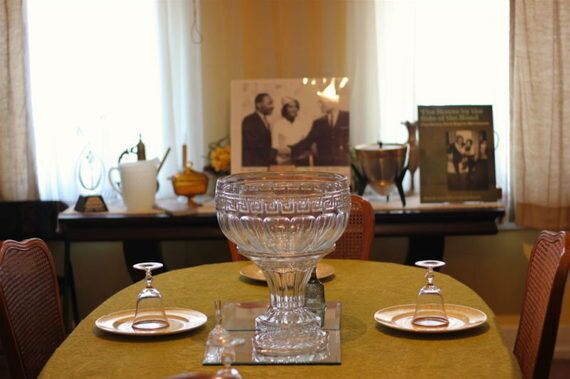
It was in this home in historic Selma, Alabama where Martin Luther King Jr. stayed for many weeks while planning the voting rights marches to the State Capitol in Montgomery.
As I stood in the bedroom he stayed in, staring at the bed he once slept in, my eyes glazed over as I imagined the long nights he stayed awake worrying about what lay ahead, weeping about foot soldiers brutally murdered in previous marches he had organised or writing speeches that would be broadcast around the world and forever remembered.

It was in this home that Martin Luther King would converse with President Johnson, urging him to stop the bloodshed, to protect his peaceful protests and to back the quest for the right to vote for African Americans. It was also in this home that the Jackson family would have wept upon hearing of the assassination of Martin luther King Jr, an event that threatened to ruin King's lifelong advocacy for peaceful protests over outright violence.
It can be difficult to adequately describe one's experiences in a place like this. A destination where it is not the culture, the food, nor the beautiful architecture we are visiting, but more an exact time in an exact place where history was made.
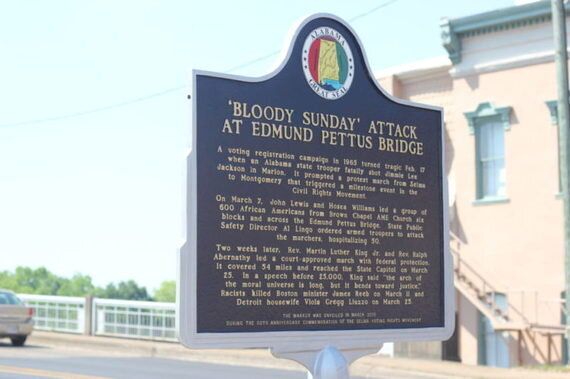
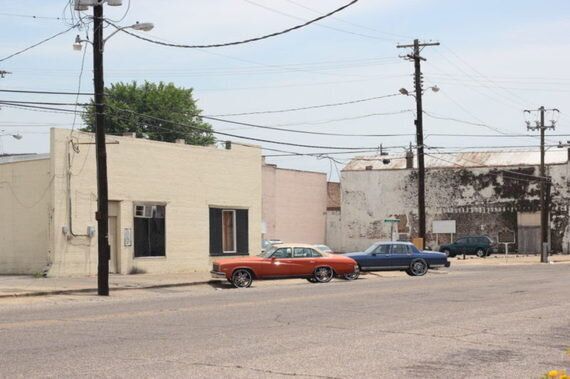
Many people say travelling to Europe's great cities is more of an emotional feeling the a physical connection, and I believe the same can be said for Selma. I was excited about visiting Alabama but had no idea it would have such a profound effect on my emotions.
Sadness welled up inside of me at the thought of the innocent lives lost and the hardships and fear encountered by African American who simply wanted to vote. Anger was the overwhelming emotion when I saw white cloaks worn by the KKK hanging up inside of the museums we visited or knowing that one of the most famous bridges in the state is named after a KKK grand master.
Finally, there was a shimmer of hope to be found for the future of Selma, and Alabama. Hope that things will get better, that tourism will develop further, that more people will make the pilgrimage here and actually care about the significance of the events that took place in a tiny town in Alabama in the spring of 1965.
A lot of blood was spilled here, a lot of innocent lives taken. Reading about the levels of police brutality here in the 60's sent shivers down my spine. Hearing about it first hand, however, shook me to the core. Children blown up in churches, young men kidnapped and beaten to death. Both black and white civil rights marchers murdered for standing up for what they believe in.
Mrs. Dianne Harris is walking me down the street marchers set out from in the Spring of 1965, as they left the church walking peacefully two by two towards the bridge, scared about what lay ahead.

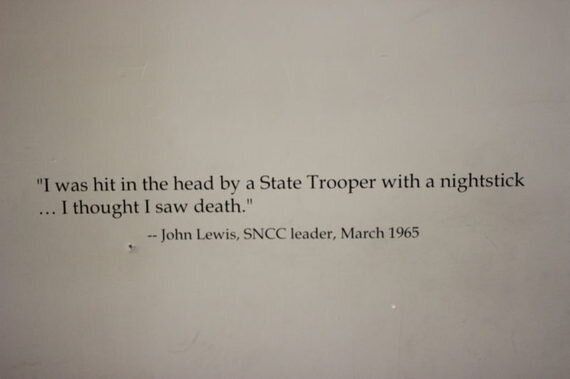
When marchers approached the bridge they were faced by state troopers, and possemen on horses, men who had permission to do "whatever it takes" to break up the protest march. With tear gas, batons and even guns, police enforcers would attack before protestors were given a chance to return.
"I held my younger brothers hand and we ran. We ran faster than we had ever run before and the only reason we ran that fast was that we were holding on to each other, spurring each other on," Mrs Harris recounts.
"We never made it to the bridge. I'm not going to lie and say I marched over it. I tell it like it is. We saw those possemen and we ran."
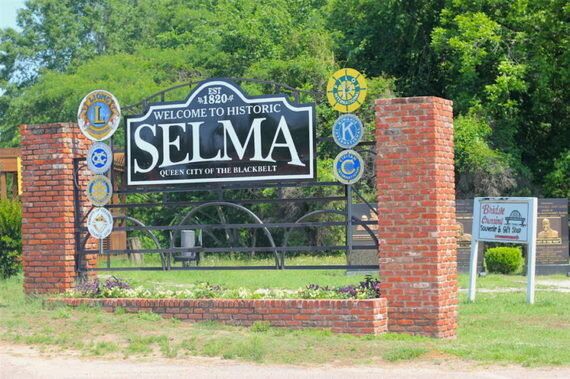
Hearing stories about the famous Selma to Montgomery Civil Rights marches, while standing on the bridge where it all began, helps to paint a picture of what life must've been like living here in the early 1960's. Mrs Harris was just 15 years old at the time, and as we near the end of our historic walking tour we come across a framed photo of young student protestors and instantly recognise Mrs Harris standing alongside her childhood friends, marching for what she knew was right.
I arrived in Alabama with an open mind, hoping to be educated and left with a head full of questions but hope for the future.
This post was first published on my blog under the title, "Racism, Civil Rights and Rebuilding Selma: Reflections From Alabama."
